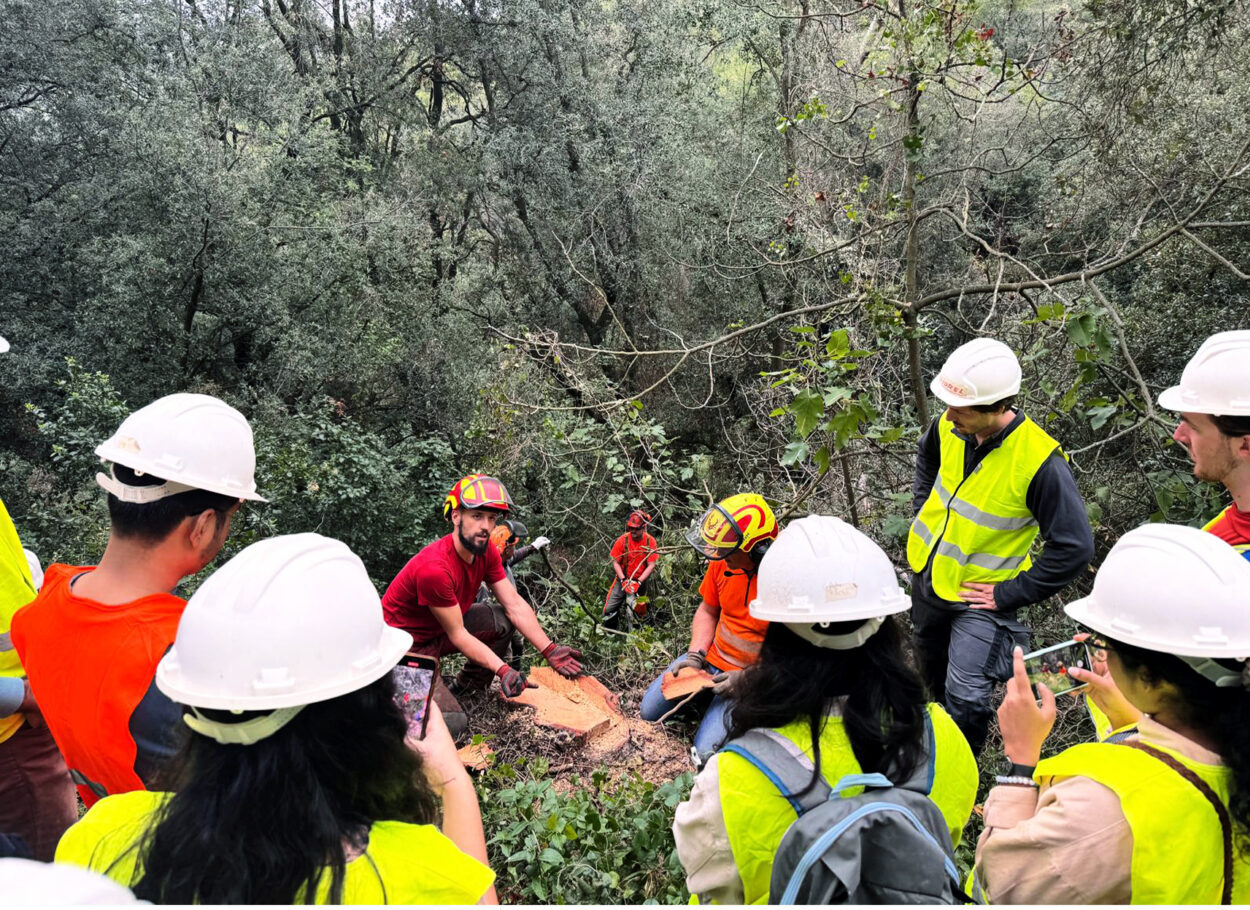The goal of the Masters in Advanced Ecological Buildings and Biocities is to encourage students to adopt a more ecological approach. One of the first interactions, and often among the most impactful, that architects and designers have with the environments of their projects is in specifying and sourcing building materials. Natural materials, such as timber, rely directly on the forests or other corresponding ecosystems from which they are extracted. Modern forestry standards ensure a continuous cycle of growing, harvesting and replanting. Demand for wood products encourages forest owners to keep their lands as forests and invest in practices to keep trees healthy – instead of clearing them for other uses like agriculture or development. Data shows that global regions with the highest levels of industrial timber harvest and forest product output are also regions with the lowest rates of deforestation. Active forest management, or forest thinning, mitigates wildfires, can cut carbon emissions, replenishes area waterways, and expands wildlife habitat while creating jobs in rural areas.




